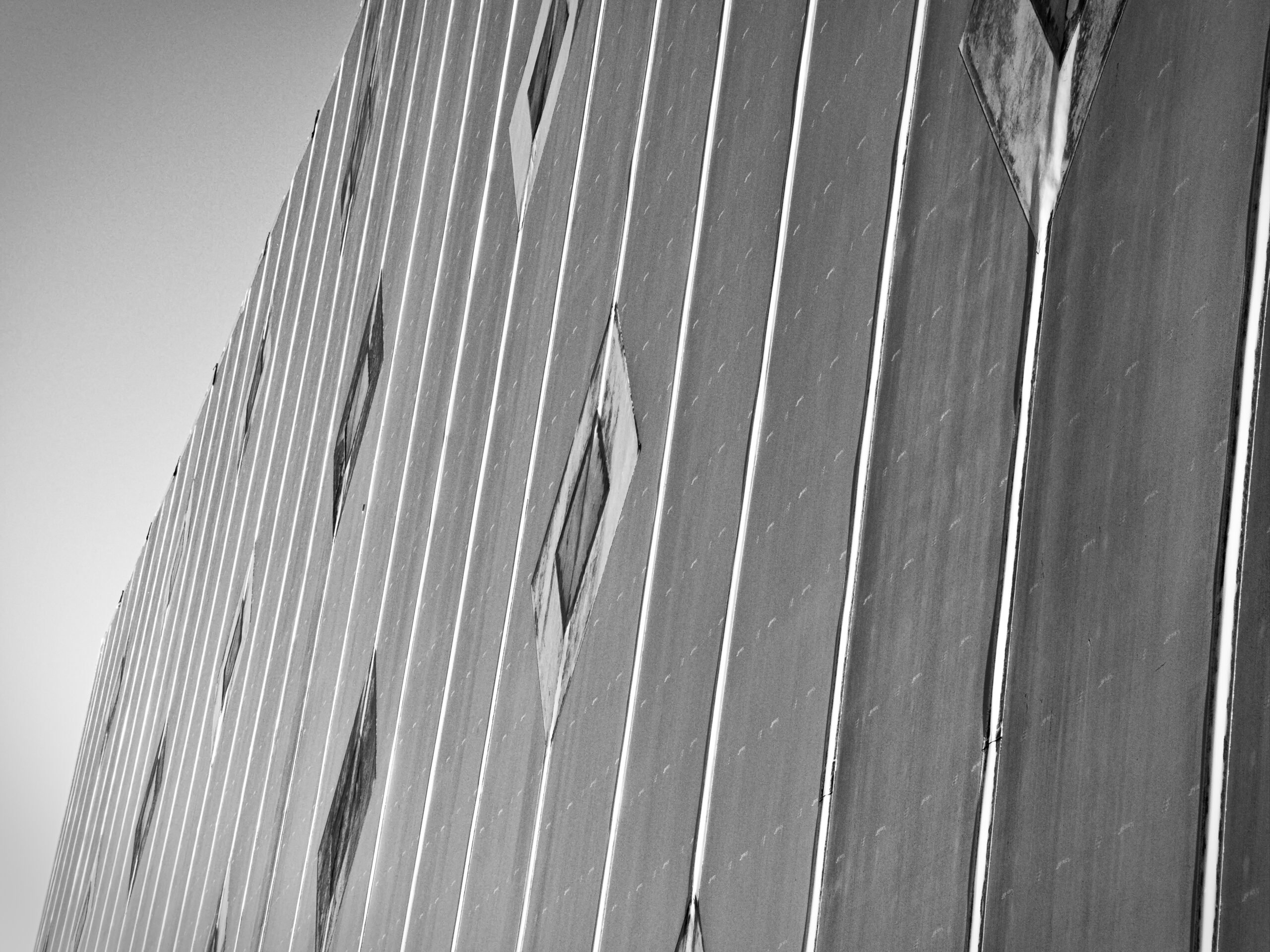Comprehensive Fire Damage Restoration Offerings
Did you understand that fire damage recovery can take anywhere from a several days to many weeks? The extent of the damage plays a significant role. Blazes can inflict immense destruction, impacting not just the structural building but also the psychological health of those impacted. Complete blaze damage restoration services are crucial for returning a property to its pre-blaze condition.
These fire damage restoration Yonkers solutions include essential duties like soot and soot elimination, fire destruction cleaning, and thorough blaze destruction repair. They ensure every nook of your space is handled for security and comfort. Firms like ServiceMaster Restore and BELFOR specialize in this field, bringing over 65 years of experience to manage various kinds of fire damage.
Each case is distinct, needing a tailored method that considers the particular needs of the property and the kind of blaze. Hiring professional fire damage restoration solutions not only speeds up the recovery process. It also tackles potential health hazards from structural destruction and lingering soot smells.
Grasping the Effect of Blaze Destruction
Fire destruction can significantly affect a property, necessitating a deep understanding of its kinds and the recovery process. Each blaze incident is distinct, with different levels of destruction requiring specialized attention. Recognizing these classes is essential for effective recovery. It helps in both the physical recovery of the property and in alleviating the emotional distress of those affected.
Categories of Blaze Destruction
Fire damage is classified into various categories, each with its own challenges and restoration requirements:
-
Class A: Includes common substances like timber, paper products, and fabric. This type can inflict major structural damage to the property.
-
Class B: Pertains to ignitable fluids such as petrol or paints. Cleanup can be especially challenging due to oily remains remaining.
-
Class C: Results from vapors like propane gas or methane, which can lead to volatile blazes resulting in widespread destruction.
-
Class D: Includes combustible metallic substances like magnesium or Na, posing unique challenges during smoke destruction restoration.
-
Class E: Combines power components with Class A or B substances, complicating the restoration procedure significantly.
-
Class F: Arises from cooking oils and lipids, which can leave hard-to-remove greasy remains and persistent odors.
Comprehending these types is essential for proper fire destruction assessment. It directs experts in selecting the most effective restoration methods.
How Fire Destruction is Assessed
The blaze destruction assessment process includes a thorough inspection to determine the degree of destruction. Professionals use various techniques to evaluate not just the destruction from flames but also additional effects like smoke, smoke, and liquid destruction from firefighting. Main elements of the evaluation include:
- Examining for apparent destruction, such as burned substances and structural compromise.
- Assessing hidden problems, including soot penetration and moisture rates, which can result in mildew development.
- Utilizing specialized tools to evaluate smoke pollution and the sturdiness of affected substances.
- Calculating the costs related with required fixes based on the degree of the fire destruction.
By performing a thorough fire damage assessment, professionals can better understand the difficulties posed by the event. This ensures a more effective soot damage restoration procedure. It also minimizes extended consequences for building owners.
Fire Damage Restoration Procedure
The fire damage recovery procedure is crucial for recovery after a fire. It involves a structured method, from the initial assessment to the ultimate restoration. Different types of fire damage need specific steps, ensuring a customized recovery.
Initial Assessment and Mitigation
Recovery specialists first evaluate the property’s outer and inner to gauge damage. This comprises:
- Safeguarding the property to avoid additional destruction
- Sealing openings such as shattered panes and entrances
- Removing debris and hazardous substances
This preliminary stage is crucial, establishing the foundation for the recovery process.
Cleanup and Deodorization
Cleanup includes removing debris, damaged materials, and soot and smoke residue. Specialized equipment and techniques are employed. Main steps include:
- Using high-powered vacuums and cleaners
- Eliminating water and firefighting chemicals, known as third-party damage
After cleanup, odor removal is essential to eliminate smoke smells. Methods like ozone generators and air duct cleaning are used to restore pleasantness.
Restoration and Restoration
The final stage is fire damage repair and recovery. It comprises:
- Rebuilding structural components such as roofs and walls
- Replacing destroyed flooring and drywall
- Fixing power systems and fittings
- Recovering belongings, including furnishings and electronics, based on the extent of the damage
This thorough approach guarantees the property is safe and habitable. Grasping this procedure can offer peace of mind to those dealing with blaze damage.
Expert Blaze Destruction Restoration Services
Hiring a professional blaze damage restoration service is essential for effectively restoring from the aftermath of a blaze. Firms like ServiceMaster EMT and IRP offer skilled teams experienced in advanced techniques customized to manage different kinds of blaze destruction. With the average expense of a building fire amounting to approximately $25,545 in 2019, the significance of prompt and efficient recovery becomes evident.
Emergency fire damage recovery requires highly trained individuals who understand the nuances of blaze impacts, which often include complicated issues such as soot and soot destruction. These professionals use advanced equipment and systems for blaze damage cleaning services that not only restore aesthetics but also tackle possible health risks resulting by persistent soot odors and corrosive residues.
Understanding the various categories of blaze damage is crucial in the restoration process. Destruction categories include small, moderate, and major, with differences between types of soot damage, such as wet, arid, protein-based, and oil.
Swift stabilizing of the fire destruction upon arrival avoids further issues, including possible building collapse.
The expertise of professional blaze damage recovery specialists aids in handling the insurance claim procedure. They collaborate with clients and inspectors to ensure that all necessary repairs are covered, providing peace of mind amid stressful circumstances. Below is a summary of main solutions typically offered by these professionals:
| Service Provided | Details |
|---|---|
| Initial Cleaning | Initial steps to prevent further destruction. |
| Personal Belongings Cleaning | Expert cleaning for individual belongings and possessions. |
| Odor Removal | Use of powerful deodorizers to remove soot odors. |
| Smoke and Soot Cleaning | Comprehensive cleaning to remove soot and smoke residues. |
| Comprehensive Surface Cleaning | Thorough cleaning techniques for different surfaces affected by blaze. |
Ultimately, investing in professional blaze damage recovery ensures that properties regain their former state while minimizing continuous wellness and security hazards. With committed emergency blaze damage restoration solutions available, customers can concentrate on recovery, knowing their residences are in capable hands.
Importance of Prompt Fire Damage Recovery
Prompt fire destruction recovery is essential for protecting property and personal wellness. Swift response after a blaze can greatly lessen damage, leading to a quicker recovery. Postponing fire cleanup increases the risk of additional problems, extending and raising the expense of restoration.
Reducing Additional Destruction
Delaying to clean up after a fire can seriously harm your building. Humid environments foster mildew growth, which can lead to respiratory problems and headaches. Structural sturdiness may also be weakened, resulting in cave-ins if not fixed quickly. Soot damage and unwanted odors grow harder to remove over time.
- Swift restoration efforts can prevent secondary issues, such as mildew, corrosion, and ongoing structural decline.
- Expert blaze cleanup guarantees that smoke and soot residues are completely eliminated, safeguarding your home.
- Prompt response often leads to lower overall restoration expenses due to lessened destruction.
- Fast reaction enhances the likelihood of saving precious belongings and important documents.
Wellness and Safety Issues
Handling wellness and safety after a blaze is essential. Do-it-yourself cleanup exposes you to dangerous materials, creating significant health hazards. Professionals are trained to manage blaze destruction securely, using the appropriate equipment and methods to protect all involved involved.
| Safety Concerns | Dangers Related | Professional Response |
|---|---|---|
| Mildew Growth | Respiratory issues, headaches | Prompt assessment and removal |
| Smoke Remains | Lingering odors, health hazards | Expert cleaning and odor removal |
| Collapses | Structural failure | Thorough structure assessment |
| Carcinogens | Wellness complications | Safe elimination by trained specialists |
Hiring qualified experts for fire cleaning improves wellness and security, guaranteeing a thorough recovery procedure. Prioritizing prompt blaze destruction recovery encourages a swift return to normal conditions and reduces hazards associated with lingering destruction and safety issues.
Wrapping It Up
The journey from blaze damage to recovery is essential, emphasizing the requirement for swift response and expert assistance. Fires inflict massive destruction, affecting structures and creating health hazards from soot and smoke. With over 350,000 residential fires reported each year in the United States, grasping this procedure is key for homeowners.
Professional fire damage solutions offer major benefits, including swift assessments, comprehensive cleanups, and customized recovery plans. Experienced technicians handle the complexities of restoration, guaranteeing security by handling hazardous substances. This approach helps property owners recover their normalcy and psychological health.
Investing in blaze damage recovery solutions addresses urgent issues like smells and building problems. It also fortifies properties against upcoming risks. By engaging these specialists, homeowners can concentrate on restoring and progressing after a blaze. The recovery process, with its systematic steps and meticulousness, is vital for regaining reassurance.



